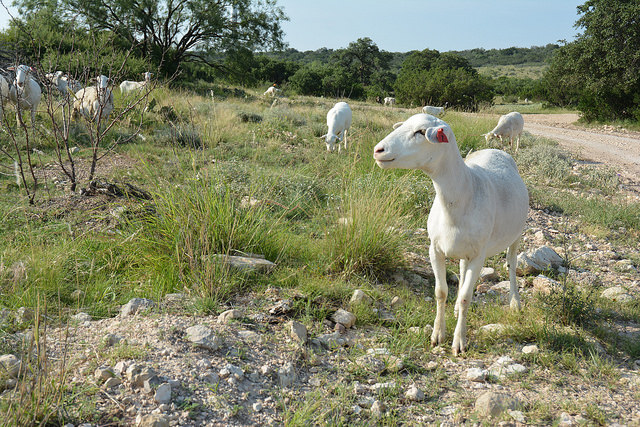Today, we continue with our blog series on special use valuation in Texas. If you are just joining us, here are links to Parts I and II.
This blog post will focus on the rules related to Open Space Valuation (“OSV”). Passed in 1978, more than a decade after Agricultural Use Valuation, this method is governed by Article VIII, Section 1(d)(1) of the Texas Property Code and Sections 23.51-59 of the Texas Tax Code. This valuation method may also frequently be referred to as “1(d)(1) valuation.” A one-time application must be filed with the County Appraisal District.
Requirements
In order to qualify, a landowner must show the following:
(1) The land must be currently devoted to agricultural use;
The definition of agricultural use under the OSV rules is quite broad, including cultivating the soil; producing crops for human consumption, animal seed, planting seed, or fibers; floriculture; viticulture; horticulture; raising or keeping livestock; raising or keeping exotic animals; planting cover crops; participating in government programs requiring land to be left idle; and planting crops or leaving land idle in conjunction with crop or livestock rotation. Additionally, the definition under OSV includes the use of land to harvest logs or posts used for fences, pens, barns, or other agricultural improvements on agricultural lands. Recently, the keeping of bees has been added provided the land involved is between 5-20 acres. Finally, “agricultural use” also includes wildlife management purposes, which will be discussed in a separate blog post.
(2) of the degree and intensity generally accepted in the area;
This requirement is likely the most complicated issue involved with special use valuation for agriculture. Determining what is required to meet the “degree and intensity generally accepted in the area” is extremely fact specific and takes into account a number of factors, including the type of crop or animal being raised and the location of the land. Each appraisal district in Texas has its own rules to determine what is required to meet this standard. For example, Harris County requires that on large tracts of native pasture land, there must be 7 acres per animal unit. In nearby Washington County, the rules require three acres per animal unit for native pasture land. The same differences exist across the state for farmland. In Ellis County, corn must yield 70 bushels per acre, while the number is 87 bushels per acre in Harris County and 61 bushels per acre in Travis County. Due to these significant differences and discrepancies, landowners should carefully review their own County Appraisal Districts rules on this issue.
Landowners should also be ware of a statutory provision that addresses how this requirement will be evaluated during a drought. The Texas Property Code Section 23.522 provides that during a drought, the eligibility for this valuation does not end because the land is not used to the generally accepted degree and intensity if (1) a drought declared by the governor creates an agricultural necessity to extend the normal time land is excused from production; and (2) the owner of the land intends to use the and in the manner and degree of intensity when the drought declaration has been lifted. As one might imagine, the Governor declared droughts for numerous counties between 2011-2014.
(3) for at least 5 of the last 7 years, the land must be devoted principally to agricultural use, timber, or forest products.
Land Value Calculation
When the above requirements are met, the County Appraisal District will divide all qualifying OSV land into categories. Each county is allowed to create its own list of categories, but the most common include irrigated cropland, dryland cropland, and native and improved pastures. These categories are important because the taxable value calculations are made based on each category. For each category of land, the Appraiser then determines the “net to land” value. This is done by calculating the average net income that would have been earned during the past 5 years by an owner using ordinary, prudent management practices in addition to any income from hunting or recreational leases. The capitalization rate (10% or the interest rate specified by the Farm Credit Bank of Texas plus 2.5%, whichever is higher) is then applied to the “net to land” value. Thus, the formula to calculate the land value is: 5 year net average/capitalization rate.
For example, the Hunt County Appraisal District offered the following calculations in their 2015 Ag Appraisal Manual. (Please keep in mind, the land values will vary for every type of land and by location, this is to offer an example only.)
For native pasture in Hunt County, the County Appraisal District calculated the average net to land to be $5.75 per acre. That was divided by the 10% capitalization rate to get $57/per acre value of the native pasture land.
Summary
Most agricultural landowners in Texas using special use valuation are likely utilizing OSV. Because the rules, particularly those related to degree and intensity differ greatly by County Appraisal District, landowners should carefully review the rules of their own District.
In our next post in this series, we will look at the requirements for Wildlife Management Valuation.












